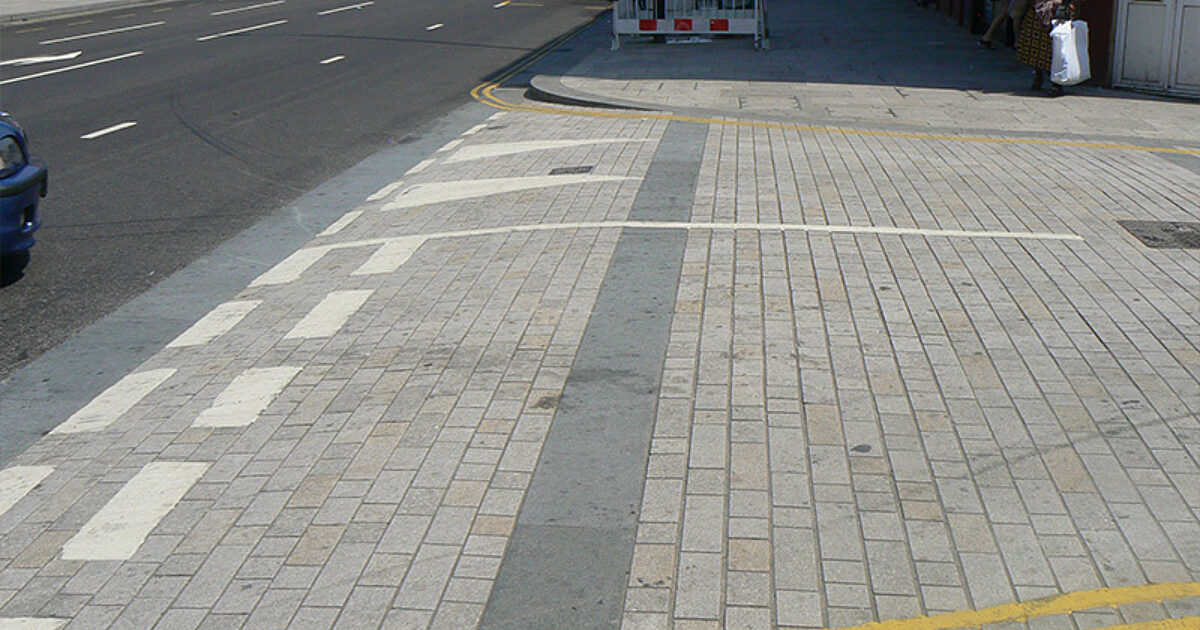Drop kerbs, or lowered sections of pavement that provide access to driveways, have become a critical part of Sheffield’s urban landscape. While they may seem like small, functional adjustments to public pathways, their history reveals broader trends in urban development, transportation, and policy shifts over the past century. This article explores the evolution of drop kerb installations in Sheffield, from their early beginnings to modern-day usage, reflecting the city’s changing infrastructure and societal needs.
Early Years: The Rise of the Automobile
The need for dropped kerb Sheffield began to emerge in the early 20th century, coinciding with the growing popularity of automobiles. As more people purchased cars, the demand for private driveways increased, particularly in residential neighborhoods. Early drop kerb installations were minimal, usually performed on an as-needed basis, often at the homeowner’s expense.
Before the 1930s, Sheffield had a relatively low rate of vehicle ownership, and most homes lacked dedicated driveways. As a result, drop kerbs were rare and primarily installed in front of commercial buildings or estates. The streets were predominantly designed for pedestrian traffic, horse-drawn carriages, and bicycles. However, as car ownership skyrocketed in the post-World War II era, drop kerbs became a more common feature of residential neighborhoods.
Post-War Boom and Suburban Expansion
The post-war period saw a significant expansion of Sheffield’s suburbs, driven by the increased affordability of automobiles and the push for new housing developments. During this era, the installation of drop kerbs surged as more residents moved into newly built homes with driveways. Local councils began to formalize policies surrounding drop kerb installations, recognizing their necessity for the growing middle-class population that relied on cars for daily transportation.
In the 1960s and 1970s, drop kerbs became almost standard for suburban homes in Sheffield. Local authorities introduced guidelines for their installation, which included strict criteria for location, materials, and slope gradient. This was the first time drop kerb installations were codified within broader urban planning efforts, marking a shift in the city’s approach to its transportation infrastructure.
1980s to 2000s: Regulatory Changes and Increased Accessibility
During the 1980s and 1990s, Sheffield’s urban planning policies underwent several shifts, with increasing attention paid to accessibility and inclusivity. Drop kerbs were no longer just a matter of convenience for car owners—they became essential for the disabled community. The introduction of the Disability Discrimination Act in 1995 marked a pivotal moment for drop kerb policy across the UK, including Sheffield. The act mandated the installation of drop kerbs at strategic locations to improve access for wheelchair users, the elderly, and parents with prams.
This led to a city-wide initiative to retrofit older areas with drop kerbs, especially in commercial districts and near public transportation hubs. The focus shifted from residential-only installations to citywide infrastructure that benefited a broader spectrum of the population. Sheffield City Council introduced more formal procedures, including planning permissions and safety assessments, to manage the growing demand for both residential and public drop kerbs.
Modern Trends: Sustainability and Urban Design
In the 21st century, the installation of drop kerbs has become deeply integrated into Sheffield’s overall urban design and planning. Modern trends in drop kerb installations are driven by the city’s focus on sustainable development, accessibility, and aesthetic appeal. The growing emphasis on eco-friendly materials has influenced the types of materials used for pavements and drop kerbs, with a shift toward permeable surfaces that allow for better water drainage and reduced urban flooding.

Sheffield’s policy on drop kerbs now also accounts for environmental concerns, balancing the needs of drivers with the city’s broader goals of reducing car dependency and promoting public transport. In recent years, there has been a noticeable trend of fewer drop kerb applications in densely populated areas, reflecting changing attitudes toward car ownership and the increasing availability of alternative transportation options like cycling lanes, public buses, and trams.
Technology and Innovation
The technological advancements in construction methods have streamlined the installation of drop kerbs. Unlike the labor-intensive methods of earlier decades, modern machinery allows for quicker, more precise installations. Furthermore, the use of durable, long-lasting materials means that drop kerbs installed today require less maintenance and have a longer lifespan.
Innovations in urban planning software have also improved the efficiency of planning and approval processes for drop kerbs. Sheffield City Council uses digital mapping systems to track and regulate drop kerb applications, making the process more transparent for both contractors and residents.
Looking Ahead: The Future of Drop Kerbs in Sheffield
The future of drop kerb installations in Sheffield is likely to be shaped by a combination of urbanization, environmental considerations, and the city’s ongoing commitment to accessibility. With increasing pressure to reduce the environmental impact of roadways and promote pedestrian-friendly spaces, Sheffield may see fewer drop kerbs in new developments. Instead, city planners might prioritize shared spaces, green infrastructure, and public transport over private driveway access.
Nevertheless, for existing homes and neighborhoods, drop kerbs will continue to be an essential part of Sheffield’s infrastructure, maintaining the delicate balance between accessibility, urban design, and sustainability. In the decades to come, the city’s approach to drop kerb installations will reflect broader societal changes, from technological innovations to shifts in transportation habits, ensuring Sheffield remains a vibrant, accessible city for all.
Conclusion
The history of drop kerb installations in Sheffield mirrors the city’s growth and evolution. From the early days of motor vehicle adoption to the present-day focus on sustainability and accessibility, drop kerbs have played a vital role in shaping both the residential and commercial landscapes. As Sheffield continues to evolve, drop kerb installations will remain a critical aspect of urban planning, reflecting the city’s commitment to balancing modern transportation needs with environmental and social priorities.
